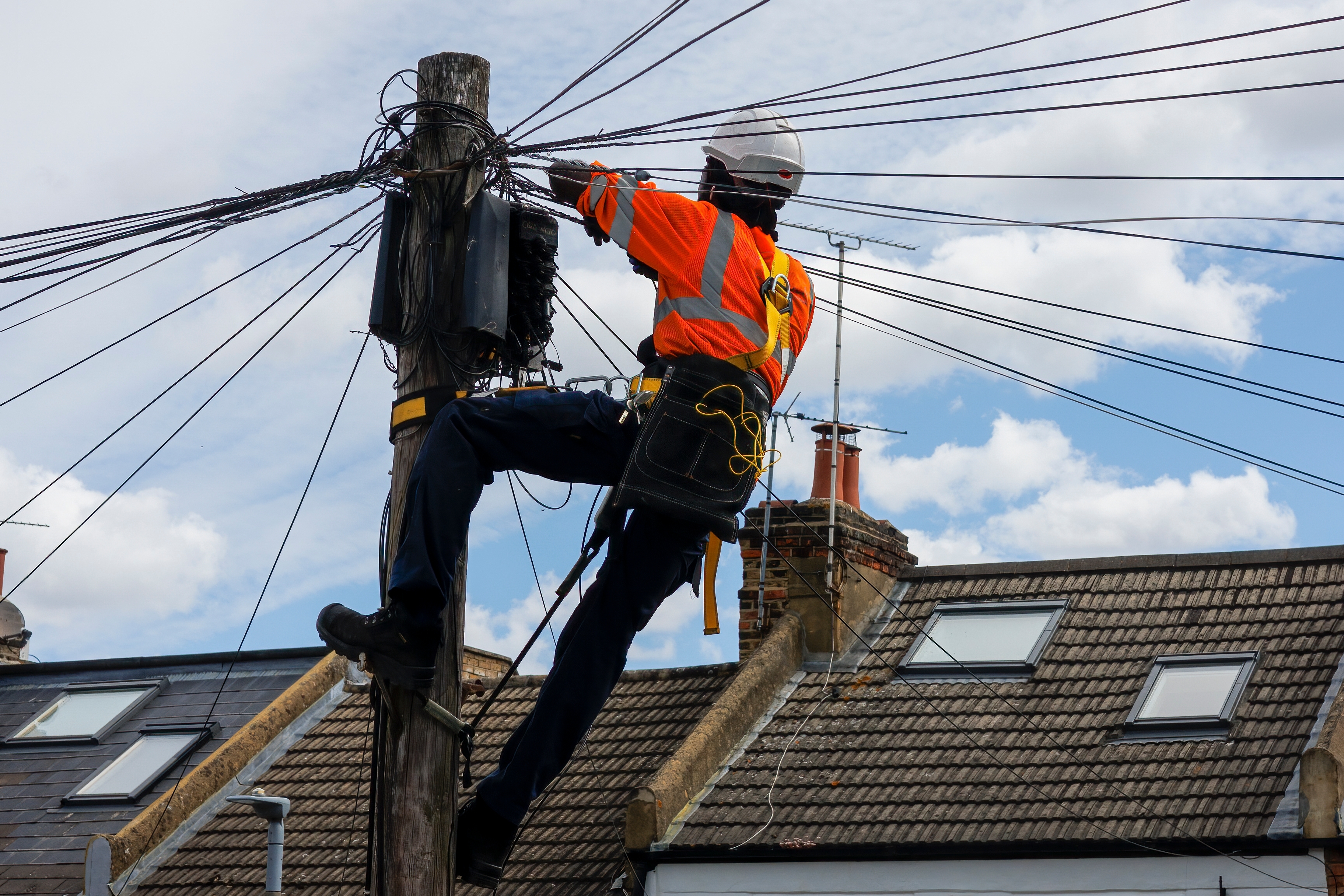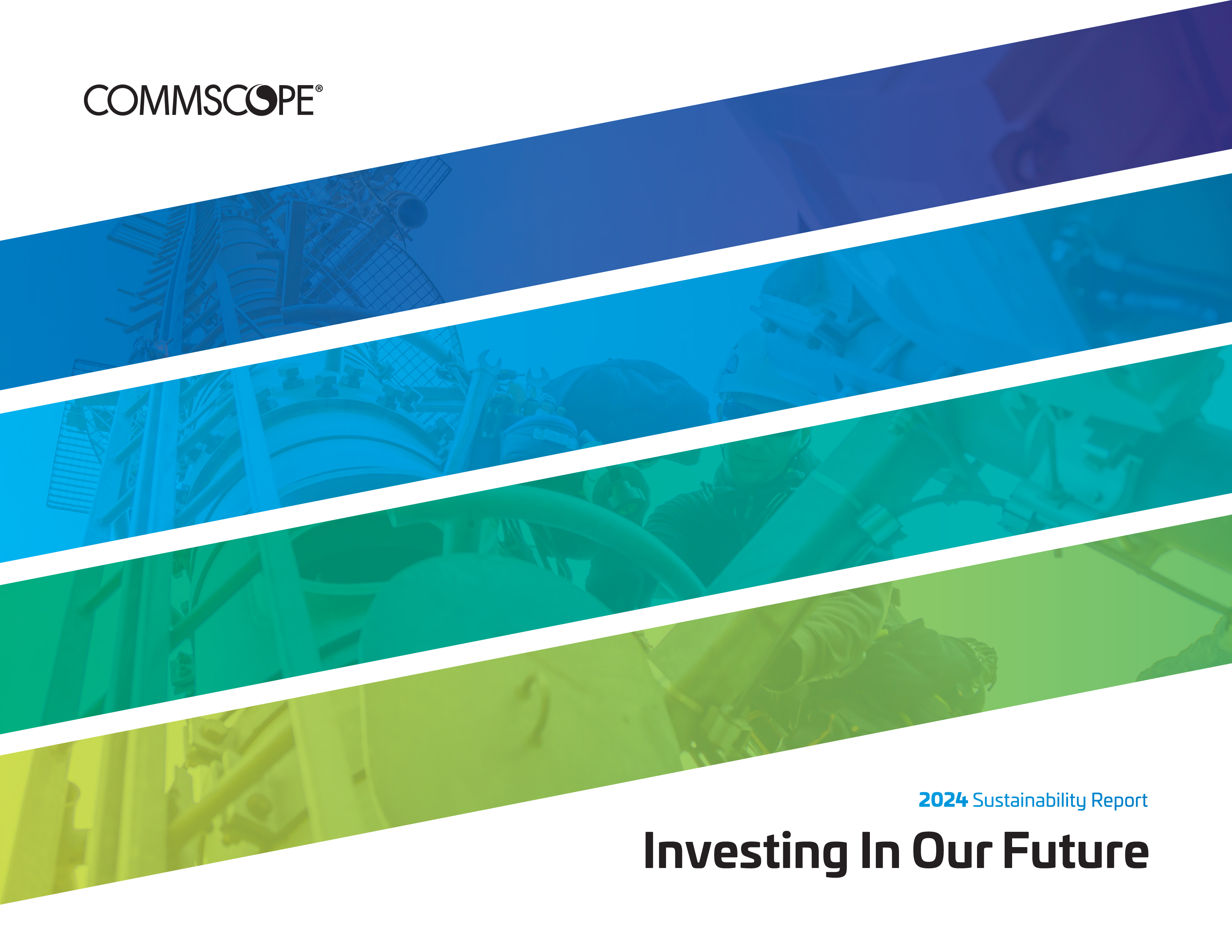
This blog post is part of a series called “CommScope Definitions” in which we will explain common terms in communications network infrastructure.
Fixed wireless access (FWA) is the process of providing wireless broadband using radio links between two fixed points. In other words, fixed wireless is an alternate method of providing wireless internet access to homes or businesses while eliminating the need for physical connections (phone lines, cable, or fiber).
FWA Drivers
Consumer demand for broadband continues to grow at breathtaking pace. New bandwidth intensive applications, such as 8K video, virtual and augmented reality, and cloud computing further compound the problem. Current broadband technologies such as fiber-to-the-x (FTTx) and cable are well suited to meet this growing demand. However, delivering fiber to the home requires tearing up streets and sidewalks, which can be expensive or simply not a viable zoning option in certain neighborhoods. Additionally, FTTx can also be cost prohibitive in sparsely populated areas. Therefore, operators are looking at alternate means of delivering broadband at fiber-grade speeds using newer fixed wireless technologies.
CLICK TO TWEET: Learn the definition of Fixed Wireless Access from CommScope.
Fixed Wireless Access - Why now?
It is important to note that fixed wireless technologies (LTE, WiMAX, etc) have been around for quite some time. However, these technologies are spectrally inefficient, expensive to deploy, and unable to provide the speeds needed to compete with wired broadband connections.
The next generation of 5G-based fixed wireless technology is expected to hit data rates in the order of several Gbps, well within the range of existing FTTx technology. A big portion of the improvement in data rates between 5G and older technologies will come from increased spectral capacity. 5G fixed wireless networks are expected to utilize millimeter wave (mmwave) bands (28GHz, 37GHz, 39GHz, etc.) where larger chunks of contiguous spectrum are readily available for use. In addition to increased spectrum, 5G networks are also being designed to increase spectral efficiency by orders of magnitude when compared to its 4G predecessors. Advanced antenna technologies such as massive MIMO (multiple-input multiple-output), beamforming, and beamtracking will serve as key enablers.
Simply put: more spectrum + higher spectral efficiency = faster (fiber-grade) speeds.
Fixed Wireless Challenges
While 5G fixed wireless presents significant opportunities, several challenges remain. Some of them include:
- Radio transmission in the mmwave bands is inherently lossy. It is also highly sensitive to environmental changes (foliage, rain, snow, etc.). Service providers must plan for smaller cell sizes which will result in increased infrastructure cost per household passed. Beamforming and massive MIMO technologies are meant to alleviate some of those issues; however, those technologies are complex and expensive.
- Higher propagation loses will also require customer’s in-home gateway, also known as customer premise equipment, to radiate higher levels of radio power to maintain an acceptable link. New technologies should be developed to maintain adequate safety from RF exposure.
- State and local regulatory bodies must ease zoning restrictions to accelerate operators' ability to install radio units in neighborhoods. Long zoning approval cycles may further erode the business case.
- Governments, service providers, equipment manufacturers and semiconductor vendors will all have to coalesce around a single 5G standard within a set of globally harmonized spectrums. Standardization will enable a robust ecosystem of multiple vendors helping drive down costs.
Finally, it is important to note that 5G fixed wireless technology is not mutually exclusive to other means of delivering high speed broadband. Fixed wireless, hybrid fiber cable, xDSL and FTTx can co-exist with each other allowing service providers to select from a wide array of options based on geography, customer needs, and commercial viability.












